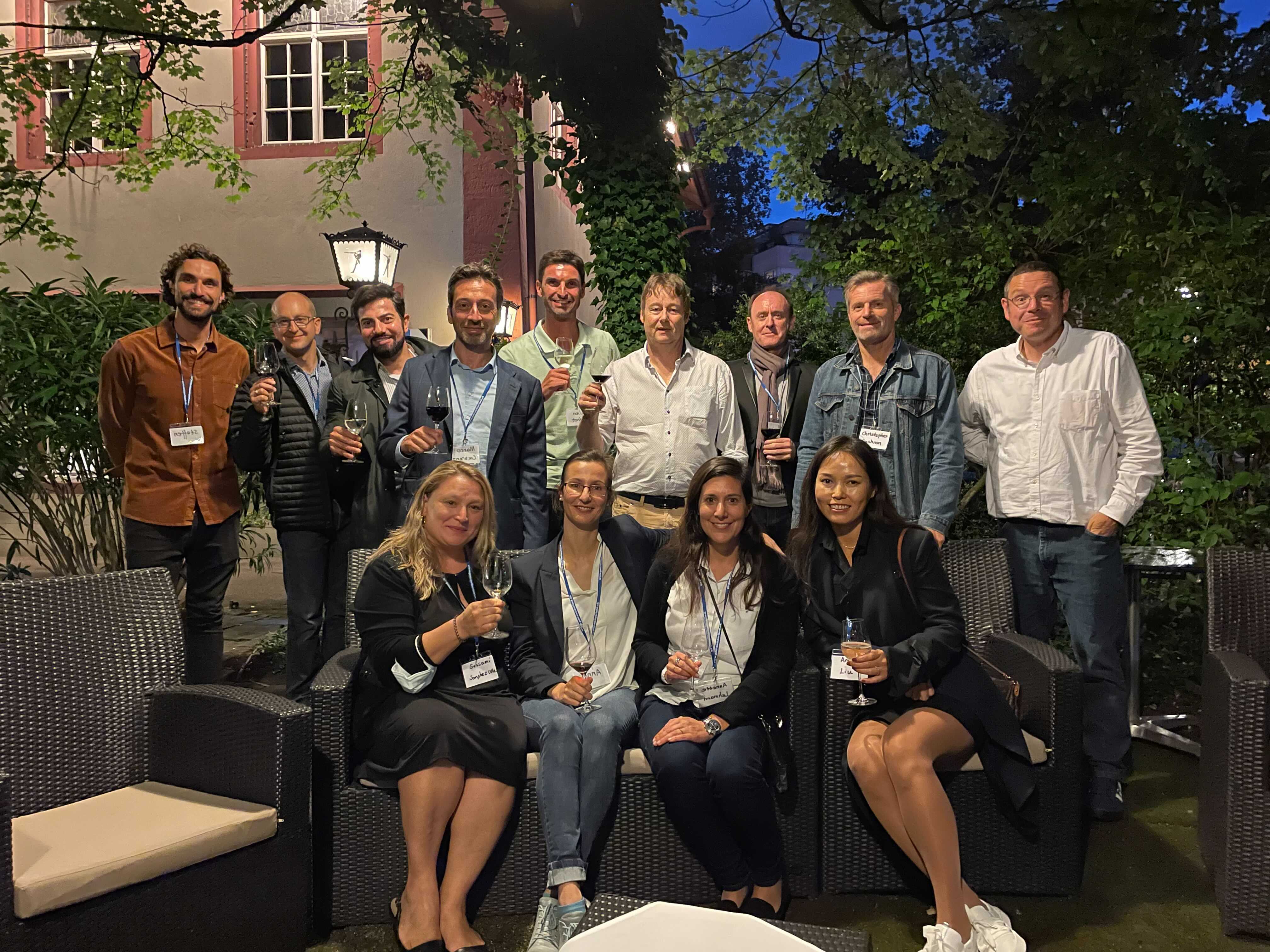Author: Ka Yi Hui, PMP

In September 2021, the Social Good team (Benoîte Grisouard, PhD, PMP, Enrico Bornisacci, PMP, Johana Ten Hove, PMP, Saul Figueroa, PMP) in collaboration with Girls in Tech Switzerland held a 3-part series of workshops. This project aims to 1) introduce project management concepts in the Girls in Tech community, and 2) raise the awareness of gender equality in Switzerland within our project management professional community.
Before we started each workshop, the event co-organizers from Girls in Tech, Anne-Sophie Scharff and Laura Bourne-branchu, talked about the gender equality situation in the tech sector in Switzerland. These numbers showed we still have a long way to go, but the first step is to recognize and understand the problem and then take action to improve it.
During the first workshop, Benoîte led the presentation on Project Management fundamentals. The participants learned the project management vocabularies, worked on hands-on exercises such as a project charter and a work breakdown structure in breakout rooms using miro boards. Specially, they focused on a real-life example, organizing a wedding celebration. At the end of the workshop, Benoîte was very impressed by our participants' plan and would love to be invited to some of those wedding celebrations!
"Change is the only constant in life.", nobody can predict the future. Enrico led the second workshop, which discussed risk and change management. Following up with the wedding planning, we worked together with the participants to analyze risk and make the risk management plan accordingly. After the workshop, no matter if it's new COVID restrictions or a rainy day, the wedding celebration was well prepared for any risk that may come up!
Last but not least, in the third workshop, I talked about communication, leadership, and stakeholder management. One cannot learn to ride a bike by reading books. That's why I designed a few active listening exercises for the participants to practice with each other. We created a safe space by not recording the session and set a few ground rules. The participants and the event organizers openly shared their thoughts and attentively listened to each other. After the workshop, we were delighted that some participants said they would use and practice what they learned in their everyday lives.
In summary, it is a fruitful exchange with Girls in Tech Switzerland! And we are excited to have more different collaborations in the future.
Learn more about the PMI “Diversity, Equity & Inclusion” initiative
https://www.pmi.org/membership/volunteer/pmimpact/diversity-equity-and-inclusion
GirlsInTech Global
Follow GirlsInTech Switzerland on their social media:
https://switzerland.girlsintech.org



